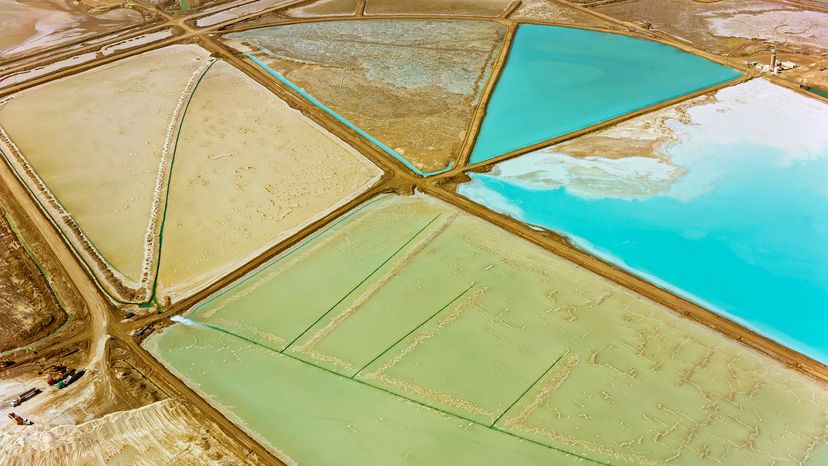Lithium mining is progressing in North America, with significant projects in Canada and the United States, although some face legal and regulatory hurdles.
The Whabouchi Lithium Project in Quebec, Canada, is one of the continent’s largest spodumene deposits. This project is expected to significantly enhance North America's lithium supply, supporting the transition to clean energy technologies.
The Silver Peak lithium mine in Nevada is the only operational lithium mine in the United States. This long-established, open-pit mine extracts lithium from brine and remains vital to the domestic supply chain. With the growing demand for lithium, the federal government is backing the development of new projects to expand production.
However, one notable project is facing a major legal hurdle.
A Proposed Lithium Mine in the U.S. Faces Legal Troubles
The Thacker Pass Project in northern Nevada, one of the largest lithium deposits in the United States, has encountered significant legal challenges. In 2023, environmental groups and local Indigenous communities — including the Reno-Sparks Indian Colony, the Burns Paiute Tribe and the People of Red Mountain — filed a lawsuit against the Bureau of Land Management (BLM).
The lawsuit contends that the BLM did not conduct a comprehensive environmental impact assessment before approving the proposed mine. The plaintiffs raise concerns about potential damage to wildlife habitats, contamination of water sources and the disruption of sacred Indigenous lands.
The Thacker Pass area holds historical and cultural significance for these tribes, and the proposed mining activities are viewed as a threat to their heritage.
This legal dispute highlights the ongoing conflict between the urgent need for sustainable energy resources and the critical importance of safeguarding environmental and Indigenous rights. The case also exemplifies the broader challenge of balancing resource extraction with environmental preservation and respect for Indigenous cultural heritage.
Despite these challenges, construction for the Thacker Pass Project is expected to commence in the second half of 2024. The project is supported by a $2.26 billion loan from the U.S. Department of Energy and is projected to create substantial economic opportunities, including 1,800 jobs during construction and 500 jobs during operations.
